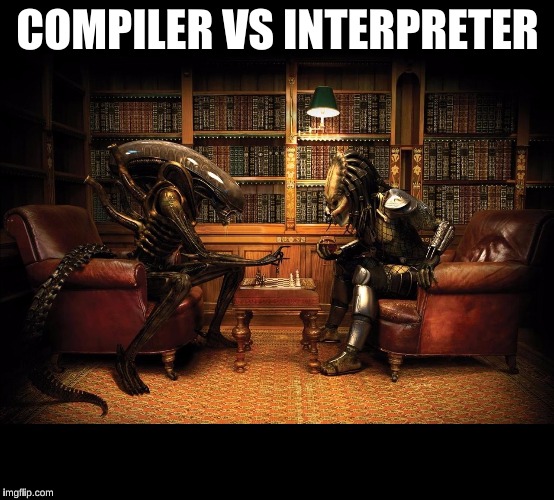It’s obvious that inexperienced software developer will make more mistakes, but even the best engineers make them. Mistakes in code reviewing happen all the time! When we push our change (for example by creating pull request) and reviewer requests changes, it usually means that we’d failed in self-reviewing. Or when our code had been approved by reviewer and after merging it, it caused some bug, it means that both reviewer and we’d failed in reviewing. But really, hard to blame anyone, it just should be a lesson for both. In this post I want to write about some lessons I’ve learnt.
Mistakes in code review
From my experience it seems that mistakes in code review usually come not from mistakes from reading changed code, but from not reading code that wasn’t changed. By this I mean that it’s important to check the context of reviewed code and other relevant places. For example the author forgot to change the name of a method in all necessary places - commit looks good, but the code doesn’t work.
Also viewing the bigger picture is important - maybe achieving the same purpose could be done in an easier way? Sometimes it’s good to take a time and think how you could design the solution by yourself. Of course, your design can be all wrong, but in that case you will learn more. And of course, you don’t have the same amount of time as an author to think about all details.
When reviewing it’s also hard to come up with code which should be written but it wasn’t, for example not all exceptions where caught or someone forgot to commit a new file with whole functionality (yep, this happens!).
Performance when querying database
One of standard mistakes is getting records from database or other resource, using loop instead of having one query to get all resources, for example:
users = []
for user_id in user_ids_list:
users.append(User.objects.get(id=user_id))Here for all ids in user_ids_list we perform a query like this:
SELECT * FROM USERS WHERE ID = ?;So we have to access database many times (length of user_ids_list actually) to get all users we want.
It could be fixed like this:
users = User.objects.filter(id__in=user_ids_list)(Actually in Python it will return a QuerySet instead of a list, but here it’s not relevant).
This is an example of using filter method in Django ORM, but I’m sure that every decent ORM
contains a similar method. This will run a query like this:
SELECT * FROM USERS WHERE ID IN ?;So it will access database one time and get all records we wanted.
Learn your ORM - it should contain methods or functions to perform more complicated queries instead
of relying on loops. You should know how to perform filtering, grouping and getting distinct
records from database with corresponding functions. If you don’t use any ORM be
sure to use words like IN, GROUP BY, DISTINCT in your queries.
Reviewing refactored code when rename was performed
Reviewing code which was refactored is sometimes quite hard.
Usually refactor option in IDEs perform well when changing name of method or class.
When using static typed or compiled language, it’s usually quite obvious when
renaming wasn’t performed well, but still when code reviewing you
should pay attention. There can be some situations where
method or class name is put into non-source file (like some xml or config), for example
in performing dependency injections in
Java’s Spring framework. So it’s good practice to check if after change,
there is no old name in code - just use grep or a search option in your IDE.
Code reviewing when name was changed becomes harder when two classes, methods or variables
switched names. Then grep will not be so helpful and you have carefully go through diff.
When using frameworks not all code has to be in source files.
Tests which test nothing
The tests are as important as the code, so you also should check them carefully. Each test name should indicate what is tested, so if you are unsure, maybe it’s time to ask an author. Also there should be at least one assertion in each test.
Sometimes everything looks good, like here:
def test_get_names_every_user_has_name(self):
users = self.service.get_users()
for user in users:
self.assertIsNotNone(user.name)It happens that this test tests exactly nothing. What will happen if self.service.get_users() returns
an empty collection? No assertion will be checked, so what’s the point of this test?
There is an easy fix:
def test_get_names_every_user_has_name(self):
users = self.service.get_users()
self.assertEquals(len(users), 10) # or self.assertNotNone(users)
for user in users:
self.assertIsNotNone(user.name)When doing assertions in a loop it’s important to check if looped collections has an expected size.
Summing up
Code review is an art and it takes time to become experienced enough to become proficient in it. There are plenty details, corner cases, things which should be well thought out. On the other side there is time - we don’t want to spend more time than the author… The most beautiful thing about checking ones code is whenever you’re experienced or not, you can still learn many things from reading code.




Leave a Comment